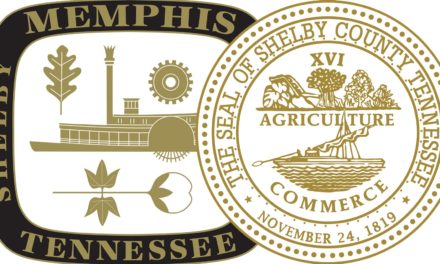From Next City:
The following is an edited excerpt from the upcoming book The Metropolitan Revolution by Bruce Katz and Jennifer Bradley. Brookings Institution Press will release the book on June 17.
When economic sociologist Sean Safford first began comparing midcentury board lineups of local Boy Scout chapters and garden clubs in the cities of Youngstown and Allentown, the idea that such data could have any bearing on the future of a city seemed shaky at best. Safford’s research, about who knew who and from where, was coming at a time when communities had begun to take seriously the idea that civic participation, even participation in something as seemingly superfluous as a bowling league, mattered to the health of a community. Even so, his question — how the structure of civic relationships shapes economic trajectories — seemed rather far afield. Networks mattered. Did their composition matter to a region’s economy?
That was the early 2000s. A decade later, Safford’s argument that networks must cut across class, social and political boundaries to be effective — laid out in the book Why the Garden Club Couldn’t Save Youngstown — is particularly on point. Through his careful reading of archived society pages and board minutes dating from 1950 through 2000, Safford determined that Youngstown, Ohio, a fading steel industry hub, was actually stymied by its most powerful insiders. The network of elites that called the shots in the city were too tightly enmeshed, intertwined and isolated from other groups in the region to effectively guard against the steamroll of change that would gradually wipe out the local economy. In other words, there were too many strong ties and not enough weak ties.
These elites, marooned on their own small island, lost power as the domestic steel industry declined all around them, leaving behind a fragmented and uncoordinated region. Allentown, Pa., by contrast, had looser networks that provided alternative relationships that cut across social, class and political lines, encouraging new alliances and exchanges. All this meant that while these two areas of the Rust Belt had very similar demographics, economic structures and challenges, Allentown was better equipped to bounce back from the decline of the steel industry, specifically because it had individuals and organizations that could serve as bridges between the various groups that needed to be engaged in the region’s recovery. It turns out it did matter who was on the board of the Boy Scouts.
When telling stories of transformation and turnaround, it is tempting to shape them into personal stories about heroes. One charismatic visionary — a mayor, school superintendent, entrepreneur, outraged citizen — steps up and, with unrelenting vigor and inspirational leadership, starts an irreversible cascade of change. But there is a growing body of research suggesting that, as a system or problem becomes more complex, arriving at a solution requires multiple minds from multiple sectors or perspectives. As Safford found in Youngstown, this search for the lone superhero, or one lone team of superhero buddies, is misguided. Metropolitan areas are so big, complicated and diverse that they don’t need heroes. They need networks.
A New Network for Northeast Ohio
Networks, defined simply by popular science writer Steven Johnson, are “webs of human collaboration and exchange.” What makes them powerful is their ability to achieve more than any one entity could do alone — something the strongest networks do, again as Safford found, through bringing together a multiplicity of weak ties rather than the repetition of strong ones. After all, if everyone knows each other already, it’s not networking but just another meeting.
But it’s hard to describe the particular alchemy of networks because there are so many actors and so many places to start. And that’s the point. Every actor matters, and any particular interaction or transaction could reinforce the network and breakthroughs tend to come about as the result of a hundred small things.
Here, we bring the story back to Northeast Ohio, which spans four distinct metropolitan areas: Cleveland, Akron, Canton and, of course, Youngstown. By the early 2000s, citizens recognized the quiet crisis that was gradually bleeding the region of people, jobs and vitality. A 1990s-era building boom in Downtown Cleveland had produced headline-grabbing tourist draws like the Rock and Roll Hall of Fame and Museum, the Great Lakes Science Center and three new arenas for the city’s professional basketball, baseball and football teams. But the investment wasn’t spreading. The new stadiums attracted crowds on game days, but when games wrapped up the spectators mostly drove right home, leaving empty streets and boarded storefronts in their wake.
To read more, click here.



